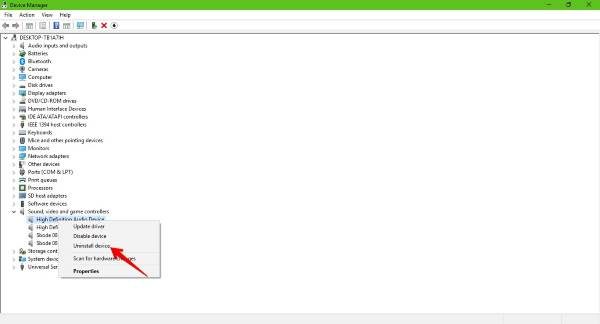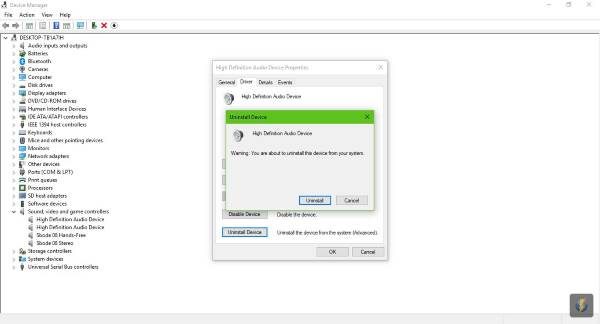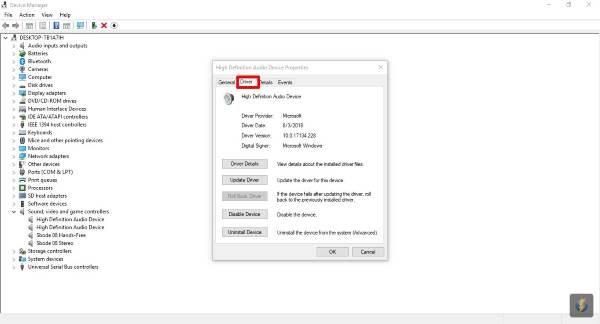Dolby Home Theater systems are the best way to get that movie theater experience when watching a film or whatever else. These devices are truly phenomenal, especially the ones that deliver 5.1 and 7.1 surround sound. You might not have known this, but Windows 11/10 supports home theater systems in a big way. It’s easy to connect your system to your Windows 10 computer, and just sit back and enjoy the show with a bag of popcorn to boot.
It’s pretty impressive, but as we know, things don’t always work when it should where software is concerned. So what should we do when the Dolby home theater system is not working and gives errors? Well, the particular problem we’re going to talk about today is all about the driver.
Dolby Home Theater not working in Windows 11/10
It could be that the Dolby Home Theater cannot be launched, or that certain features became unworkable, maybe the equalizer does not move, the Dolby Digital Plus feature does not work or you just get the Missing driver message. In any case, installing the correct driver version will help.
You see, some users have come across an error that basically states the current driver is installed, but the system expects an older version of the driver. That doesn’t make any sense, so what could be the cause?
From what we’ve come to understand, this is happening because the current Dolby Digital Plus audio driver is not compatible with your regular audio driver. To fix this problem, you must then have the correct version of both drivers that complement each other well.
1] Remove the audio driver

Click on the Windows Key + X to launch the Device Manager. When the window pops up, seek out the category titled Sound, video and game controllers and expand it.
Finally, right-click on the correct device name then select Uninstall from the context menu.

Reboot your computer and Windows should automatically download and install the correct driver when you connect to the Internet.
2] Install the previous version of the audio driver

First, you must check the current version of the audio driver installed before installing an older version. Hit the Windows Key + X to launch the Device Manager, then locate the audio device, and right-click on it.
Select the Properties option, then click on the Driver tab, and from here, you’ll see something that says Driver Version. Go on ahead and view the driver number, and make sure the older version has a number that is lower.
From the same section, look below, and you’ll see the Uninstall button. Click on it to remove the driver, then visit the official website of your audio device, and download an older version.
After installation, simply restart your computer and check if everything is now working as it should.
If it does not, then you might have to update the BIOS and that is not as easy as it sounds.